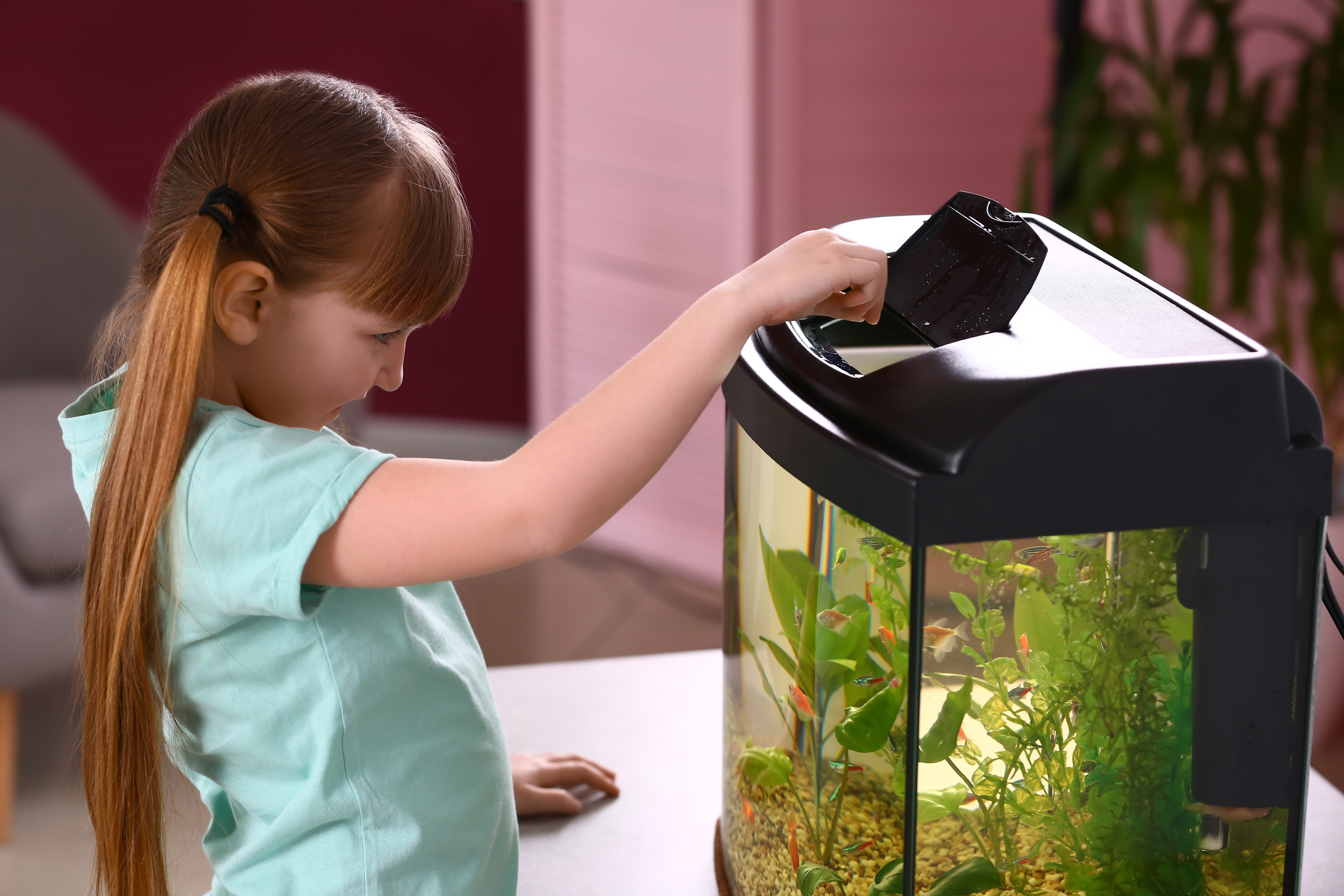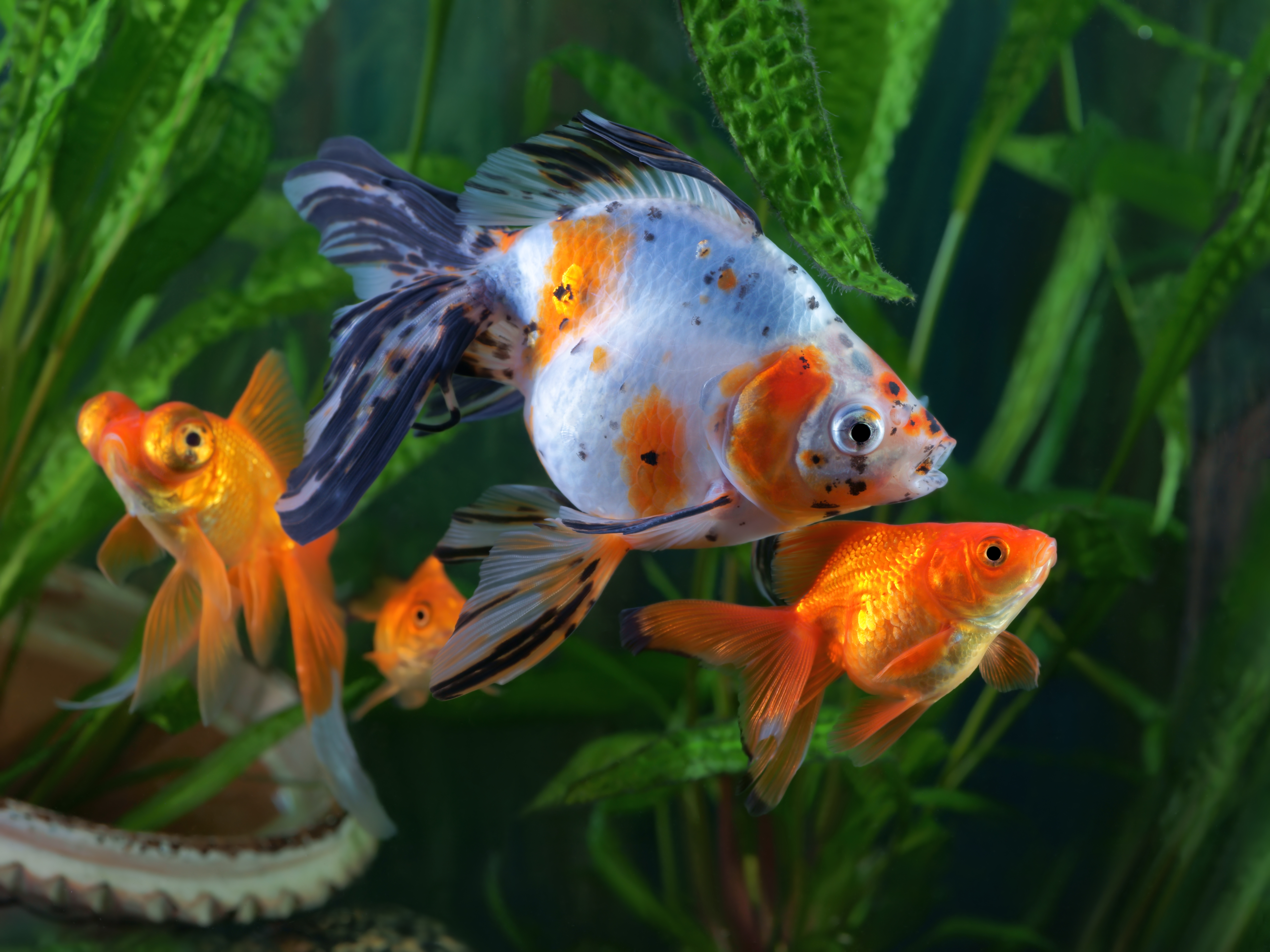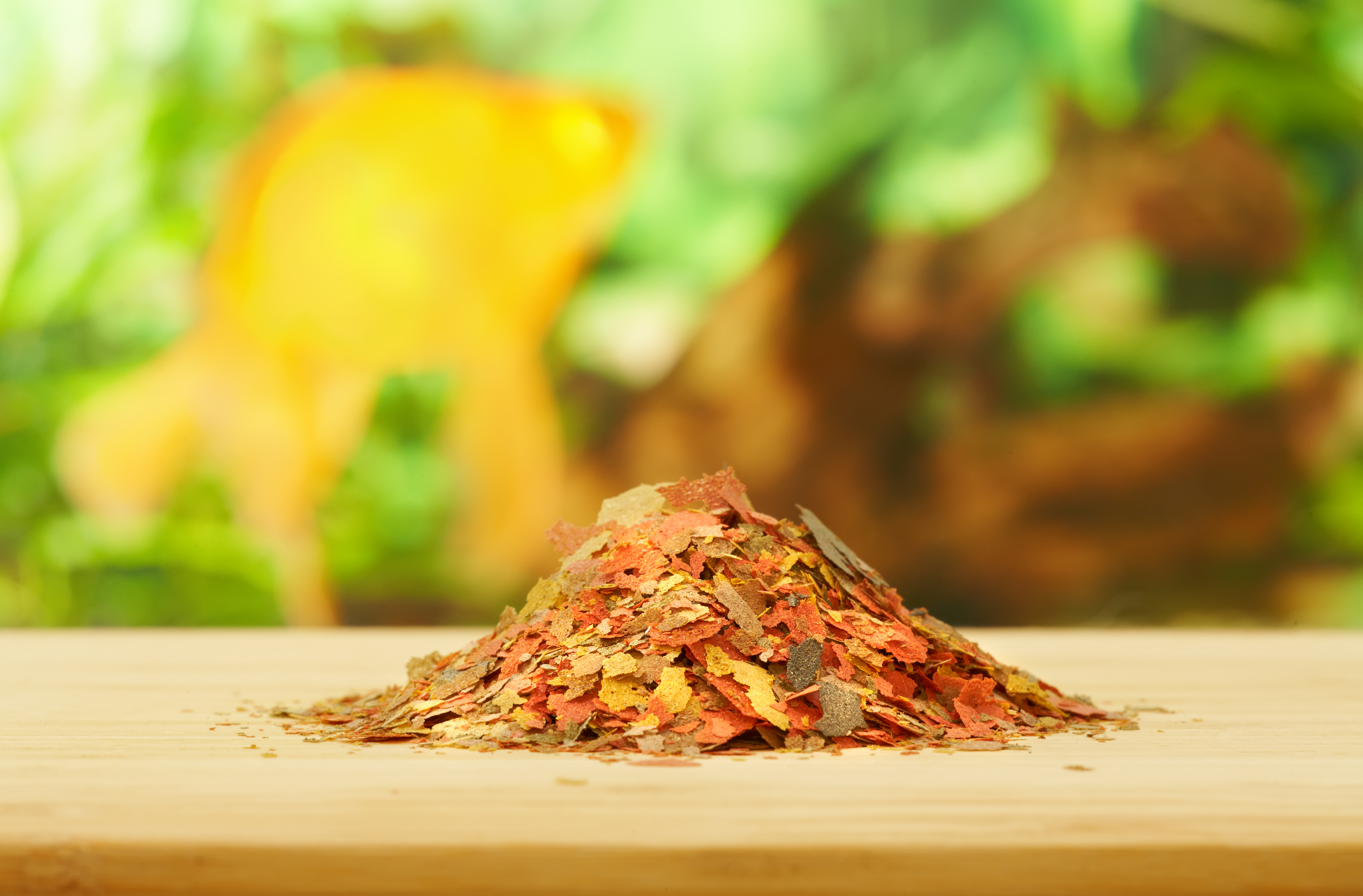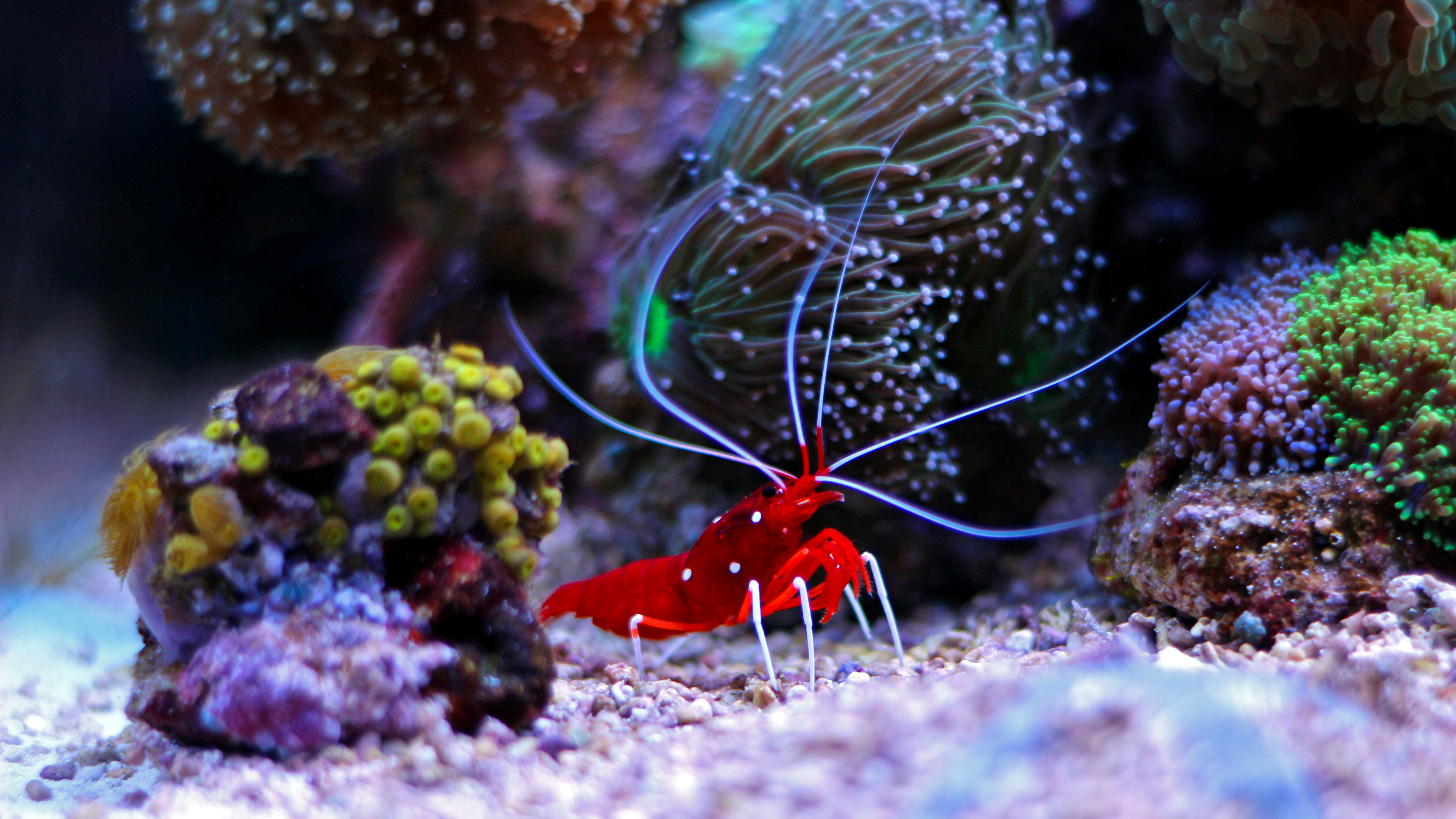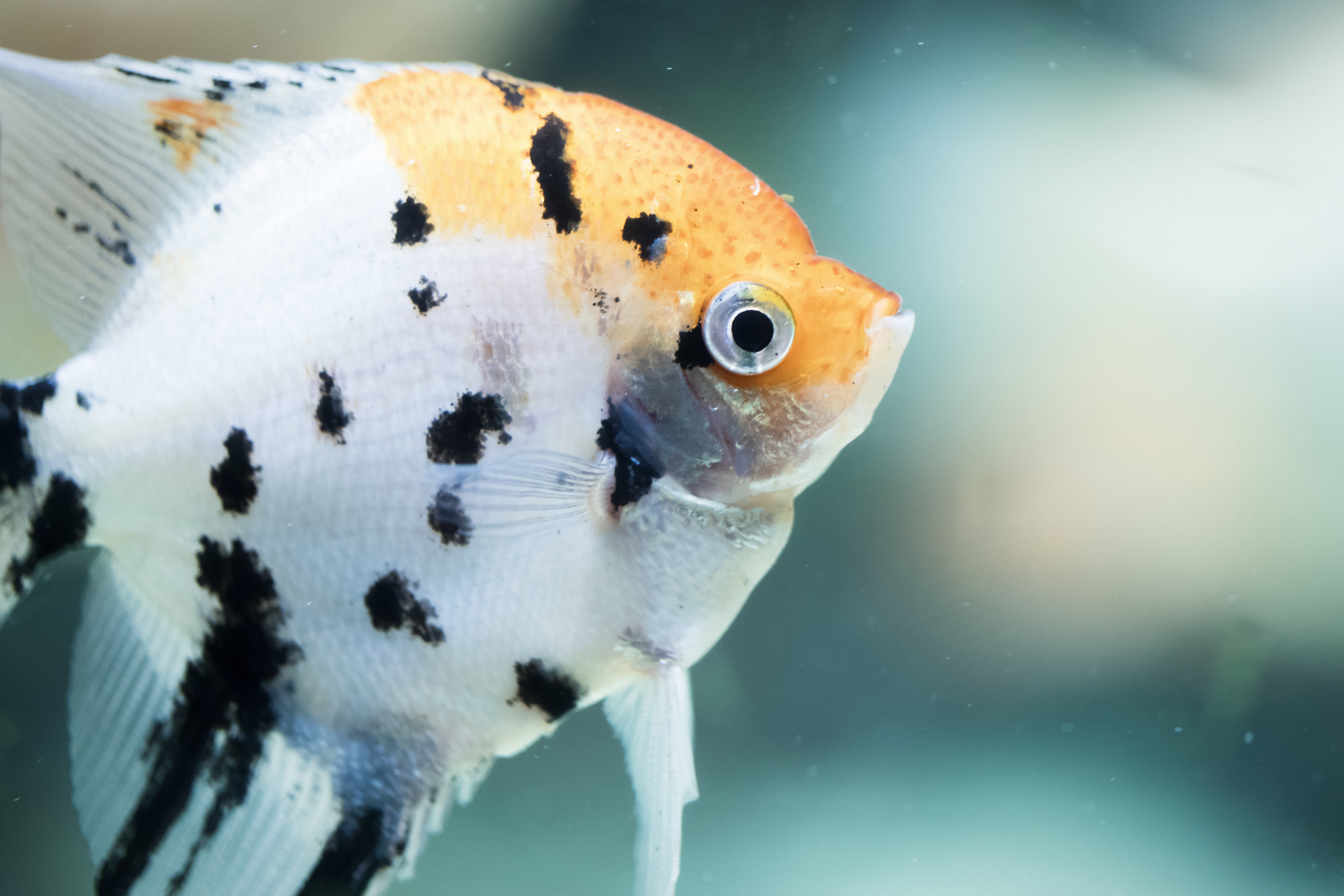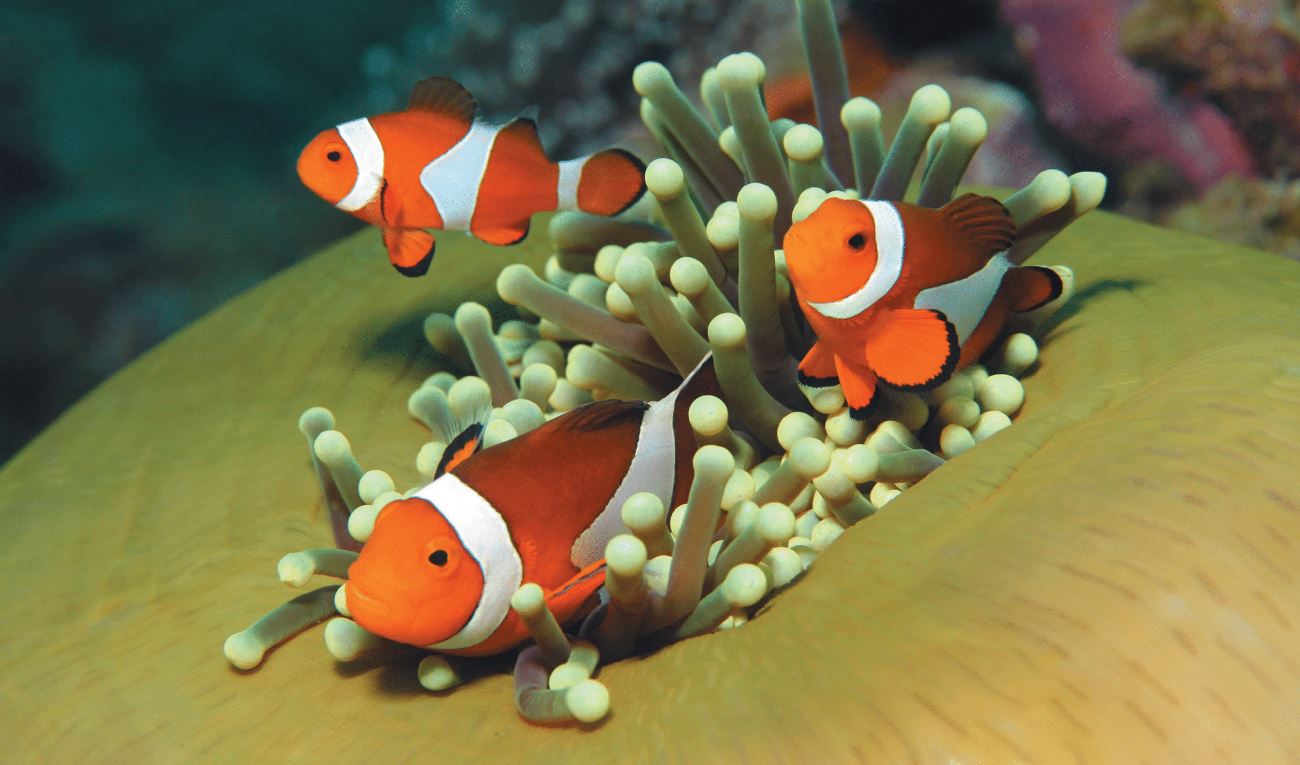Not So Complicated
Joe Olenik //June 1, 2016//
 Not too long ago, saltwater aquarium keeping was a hobby for only experienced fish keepers. Today, thanks to improved knowledge and technology, the marine hobby is available to virtually anyone. It has become a vital segment of the aquatics industry and independent retailers across the country are cashing in on its increased accessibility and popularity.
Not too long ago, saltwater aquarium keeping was a hobby for only experienced fish keepers. Today, thanks to improved knowledge and technology, the marine hobby is available to virtually anyone. It has become a vital segment of the aquatics industry and independent retailers across the country are cashing in on its increased accessibility and popularity.
Despite this, the reputation of saltwater tanks being just for experts persists. The first step to changing that perception is getting new hobbyists involved.
“Retailers need to dispel the idea that saltwater is hard or complicated,” said Mark Vera, senior director at Aqua-Tech Co. “There is a lot of power in being able to make a consumer into a passionate and knowledgeable hobbyist.”
Vera encourages shop owners to have a printout available to novices that includes “basic equipment, the nitrogen cycle, common tests for the first six months and appropriate starter fish.”
To foster trust, loyalty and a long term bond with customers, Vera suggests “doing free water tests for the first 90 days, making appointments to walk the customer through their new adventure, having an in-store or online board and encouraging customers to share their photos and experiences, as well as holding contests and having gift card prizes.”
Size Matters
While bigger is better when it comes to saltwater aquariums, there has been a noticeable trend towards smaller, more compact aquariums. They are more affordable, less intimidating and easier to fit into the average home or office. The down side is that small aquariums not only limit the number of animals that can be safely kept, but they are also more volatile and subject to wide fluctuations in water quality and chemistry.
The good news is that nano tanks specifically designed for saltwater use—with proper filtration and lighting—make excellent, cost-effective options for first-time marine hobbyists with proper guidance. Coralife’s Bio-Cube and JBJ’s Nano Cube series are just two examples of well researched, time tested products that can provide years of success and enjoyment.
Saltwater geeks are constantly looking for ways to improve their systems and lessen their work load, which is another way of saying they love to buy new toys and gadgets.
“What was previously considered higher end equipment has moved to being more mainstream, with more options,” Vera said. “MAP (minimum advertised pricing) and specialty products should be the independent pet retailer’s core product line. Stores should not engage with products that have significant online to retail price variances.”
Vera recommends that stores research and support these brands with their dollars.
“If a store cannot make a fair margin on a product, then they should not be carrying it,” he said.
Make sure you have working examples of high end products like protein skimmers, reactors, programmable lighting and circulation pumps, and monitoring systems on display, along with knowledgeable, friendly sales associates ready and able to assist customers in making good buying decisions.
Liven Things Up
Saltwater hobbyists love to go shopping for new livestock.
“There is no substitute for the LFS (local fish store),” said Carl Coloian, vice president of sales and marketing at Sea Dwelling Creatures. “Online and big box stores work for certain things, but in the end, most smart hobbyists like to see what they are buying in a tank and being fed before they purchase an animal. Knowing that a fish or coral has been quarantined at a store and that they can watch it and examine it before they buy it is invaluable.”
Consumers are becoming much more discerning, always looking for that eye-catching coral or rare fish.
According to Coloian, there is increased demand for “more interesting color morphs of zooanthids, palythoas, scolymias, mushrooms and anemones.”
“Fish that used to be limited in availablility are now fairly abundant,” he said. “We have always been able to sell them but these days they just fly out the door!”
Keep your tanks well stocked with bread and butter items like clownfish, yellow tangs, and coral beauties, but don’t be afraid to include upscale fish like majestic angels, fairy and flasher wrasses and anthias, as well as eye-popping higher end corals.
The effect of the proliferation of amateur home coral propagators cannot be overstated. Add to this the continuing development of “custom” color morphs, and the variety of new tank-raised coral varieties is truly endless. It doesn’t take long for successful hobbyists to be overwhelmed with frags that they’re looking to sell at frag swaps, online and anywhere else they can unload them. Offering store credit for these locally raised corals ensures a steady stream of healthy inventory and keeps local hobbyists coming back to your store.
An increasing concern in all aspects of the ornamental fish industry, especially saltwater, is regulation of collecting and harvesting wild specimens.
“We really have no way of knowing what the future will bring with regards to regulations,” Coloian said. “The cool thing today is that we have more and more farm-raised animals, coral fragging and better husbandry in general than we did ten or 20 years ago. 30 years ago, 100 percent of the clownfish in the trade were caught from the ocean. Today, probably only five percent are ocean-captured. This is amazing!”
The saltwater aquarium fish industry does a truly admirable job of funding and supporting responsible collecting practices as well as captive rearing programs, as evidenced by the continued efforts of organizations like the Coral Restoration Foundation, the Marine Aquarium Council, Hawaii’s Oceanic Institute (which had the first successful breeding of yellow tangs) and many others. By encouraging recruitment and fostering successful and responsible practices among saltwater hobbyists, independent marine aquarium retailers can be assured of continued success and a robust livelihood.






